May 24, 2025 | 16:19 GMT +7
May 24, 2025 | 16:19 GMT +7
Hotline: 0913.378.918
May 24, 2025 | 16:19 GMT +7
Hotline: 0913.378.918
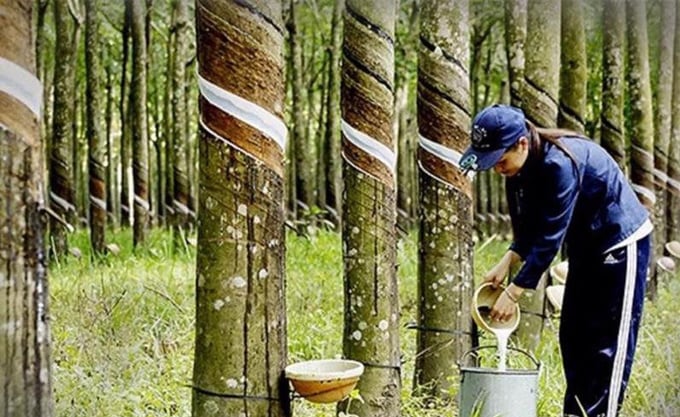
EUDR initially brought many difficulties, but this is an opportunity for Vietnam to restructure the rubber industry in a transparent, sustainable, and environmentally friendly direction.
In 2024, the global economy continues to face strong fluctuations from geopolitical factors, climate change and green development trends.
Changes in the supply chain, rising inflation and pressure to reduce carbon emissions have created difficulties for the rubber industry, which is closely linked to the automotive, construction and consumer industries. The rubber industry also faces changes in consumption demand and technical standards in international markets, especially the European Union (EU).
However, the Vietnamese rubber industry has maintained its growth momentum and is steadfast in its strategic goals. In 2024, the industry's total export turnover is expected to reach about 10.2 billion USD, of which natural rubber will reach USD 3.1 billion, processed rubber products will reach USD 4.6 billion and rubber wood will reach an estimated USD 2.5 billion. This is a positive sign that the industry still maintains its important position in the global supply chain.
One of the major challenges for the industry is the EU Deforestation Free Regulation (EUDR), which requires imported products, including rubber, to demonstrate their origin and comply with environmental protection standards. It is a problematic issue for the Vietnamese rubber industry, striving to improve product quality and develop sustainable brands. Enterprises need to invest in production processes and enhance traceability capacity to meet the requirements of international markets, especially the EU.
According to the assessment of the European Union Delegation to Vietnam, although the EUDR brings many difficulties and challenges in the early stages, it is also an opportunity for Vietnam to restructure the rubber industry in a more transparent, sustainable, and environmentally friendly direction.
Adapting to this regulation aims to maintain essential export markets and play a decisive role in transforming production towards "green growth", in line with the new global governance trend of ensuring sustainable development.
Other major importing countries such as the US and China are also closely monitoring the implementation of the EUDR with the possibility of issuing similar regulations. If no quick action is taken, the Vietnamese rubber industry will face the risk of gradually losing its market, instead creating opportunities for competitors from countries that meet the regulations.
At the workshop, Professor Adelegan, Secretary-General of the International Rubber Study Group (ISG), emphasized the importance of traceability and ensuring sustainability in production. "Southeast Asian countries, especially Vietnam, need to focus on improving the quality and traceability of products to comply with the strict requirements of the EU. Compliance with these regulations will help the Vietnamese rubber industry develop sustainably," said Adelegan.
Le Thanh Hung, Chairman of the Vietnam Rubber Association, affirmed that the Vietnamese rubber industry actively promotes solutions to protect the environment, manage product origins and improve competitiveness. Despite many challenges, experts believe that the Vietnamese rubber industry still has opportunities for sustainable development. Meeting environmental protection requirements and improving product quality will help the industry maintain strong growth and affirm its position in the global supply chain.
"The Conference is not only an opportunity for businesses to exchange and learn from experiences but also an important step to help the Vietnamese rubber industry face challenges and take advantage of development opportunities. The solutions and experiences shared at the workshop will help businesses in the industry improve production capacity, quality, and sustainability more sustainably in the global development race," Hung emphasized.
Rubber exports in the first 11 months of 2024 decreased by 6% in volume but increased by 17.1% in value compared to the same period in 2023. This strong value growth is due to the average export price of rubber in the first 11 months of 2024 reaching USD 1,675 per ton, up 24.6% compared to the same period in 2023...
Although the Chinese market has the lowest growth rate, with an increase of 1.5%, it is still the largest market for Vietnamese rubber exports. Since the beginning of the year, China has been Vietnam's largest rubber consumer market with a market share of 67.6%; followed by India with 7.7%; EU with 6% and South Korea with 2.5%...
According to the Vietnam Rubber Association, China plays an essential role on the world rubber trade "map", especially with its vast import demand. China is ambitious to develop the electric, hybrid, and automobile manufacturing industries, increasing the country's demand for rubber imports for tire production. However, Vietnam's exports to China are mainly a mixture of natural and semi-processed rubber, with a very low proportion of processed rubber exports.
Translated by Huong Giang
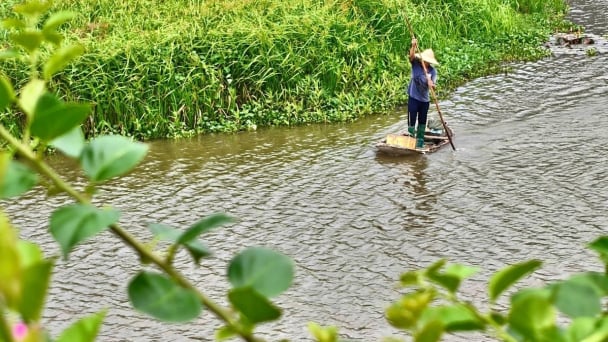
(VAN) In the tranquil wetlands of Van Long, there are quiet souls who guard the forests, nurture the waters, and oversee every bird and troop of langurs as protecting the essence of a living heritage.

(VAN) WWF, GIZ, IUCN, UNDP call for biodiversity conservation and sustainable development must be regarded as a unity in strategies for a green future.
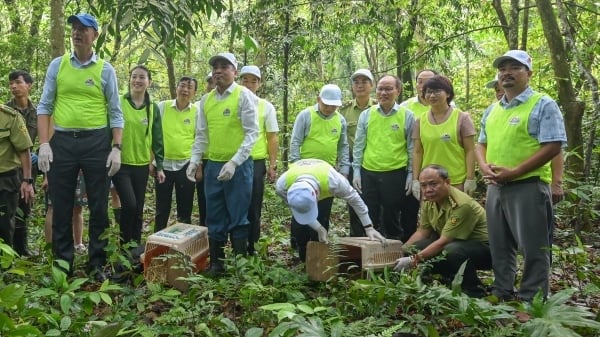
(VAN) On celebration of International Day for Biological Diversity, Deputy Minister Nguyen Quoc Tri called for practical actions to address nature and biodiversity conservation.

(VAN) Dr. Hoang Thi Thanh Nhan – Deputy Director of the Nature and Biodiversity Conservation Agency – highlighted this on the International Day for Biological Diversity, May 22, 2025.
![Ho Chi Minh city adapts to climate change: [2] Accelerating action](https://t.ex-cdn.com/nongnghiepmoitruong.vn/608w/files/chiqk/2025/05/22/4024-4220-bien-doi-khi-hau-1-100626_766.jpg)
(VAN) Clearly recognizing the challenges posed by climate change, Ho Chi Minh city has swiftly shaped its policies and implemented practical solutions to adapt.
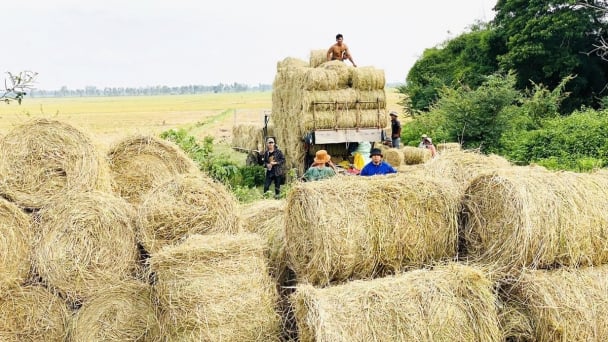
(VAN) Rice straw is no longer just a discarded byproduct, but it is becoming a green resource that helps farmers in the Mekong Delta reduce emissions and promote circular, sustainable agriculture.
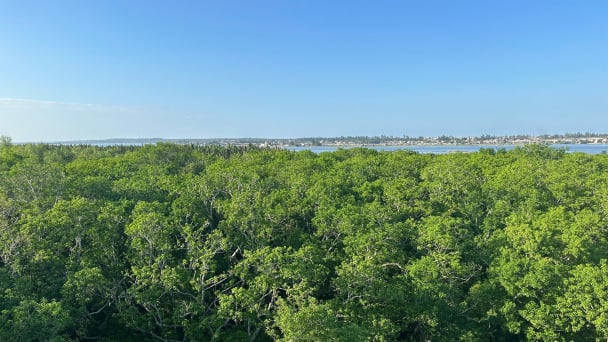
(VAN) Other Effective Area-based Conservation Measures (OECMs) are solutions that contribute effectively to achieving the goals of the Kunming–Montreal Global Biodiversity Framework.